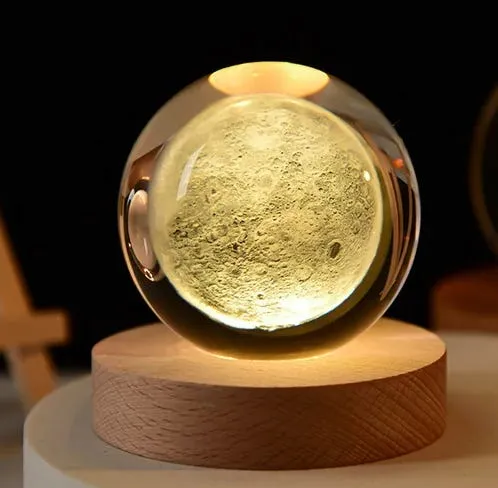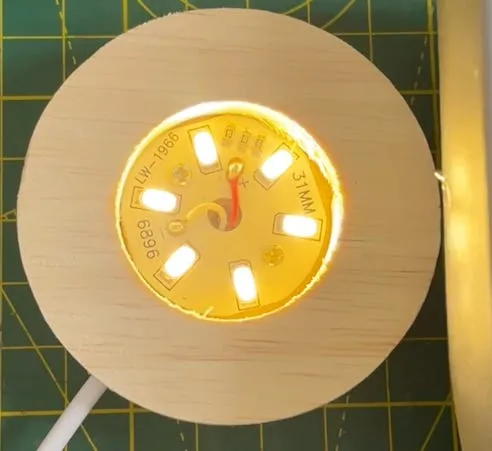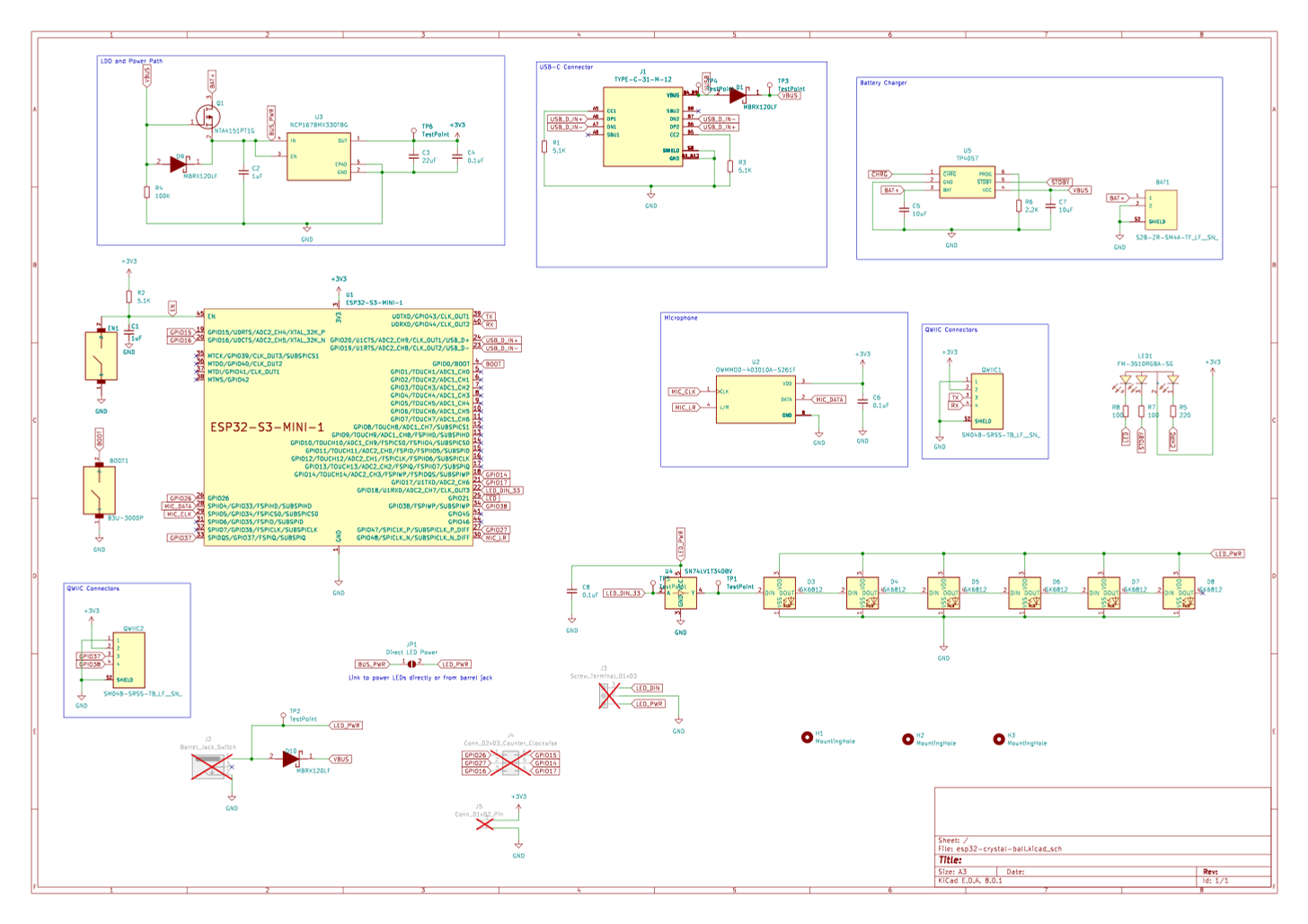read
Want to keep up to date with the latest posts and videos? Subscribe to the newsletter
HELP SUPPORT MY WORK: If you're feeling flush then please stop by Patreon Or you can make a one off donation via ko-fi
I got several of these crystal balls for Christmas from AliExpress.

They are pretty nice, but the default display is pretty basic. The PCB is on the minimal side of things with just three resistors and six LEDs.

So I decided to do an upgrade. I’ve added a ESP32-S3-MINI, a microphone, and support for battery power!

It’s pretty cool - I can now use the amazing WLED software to control my balls!
I’ve put the KiCAD project up here. It still amazed me how simple a PCB for an ESP32-S3 module is.
As always, the video is full of more details - so have a watch and let me know what you think!
